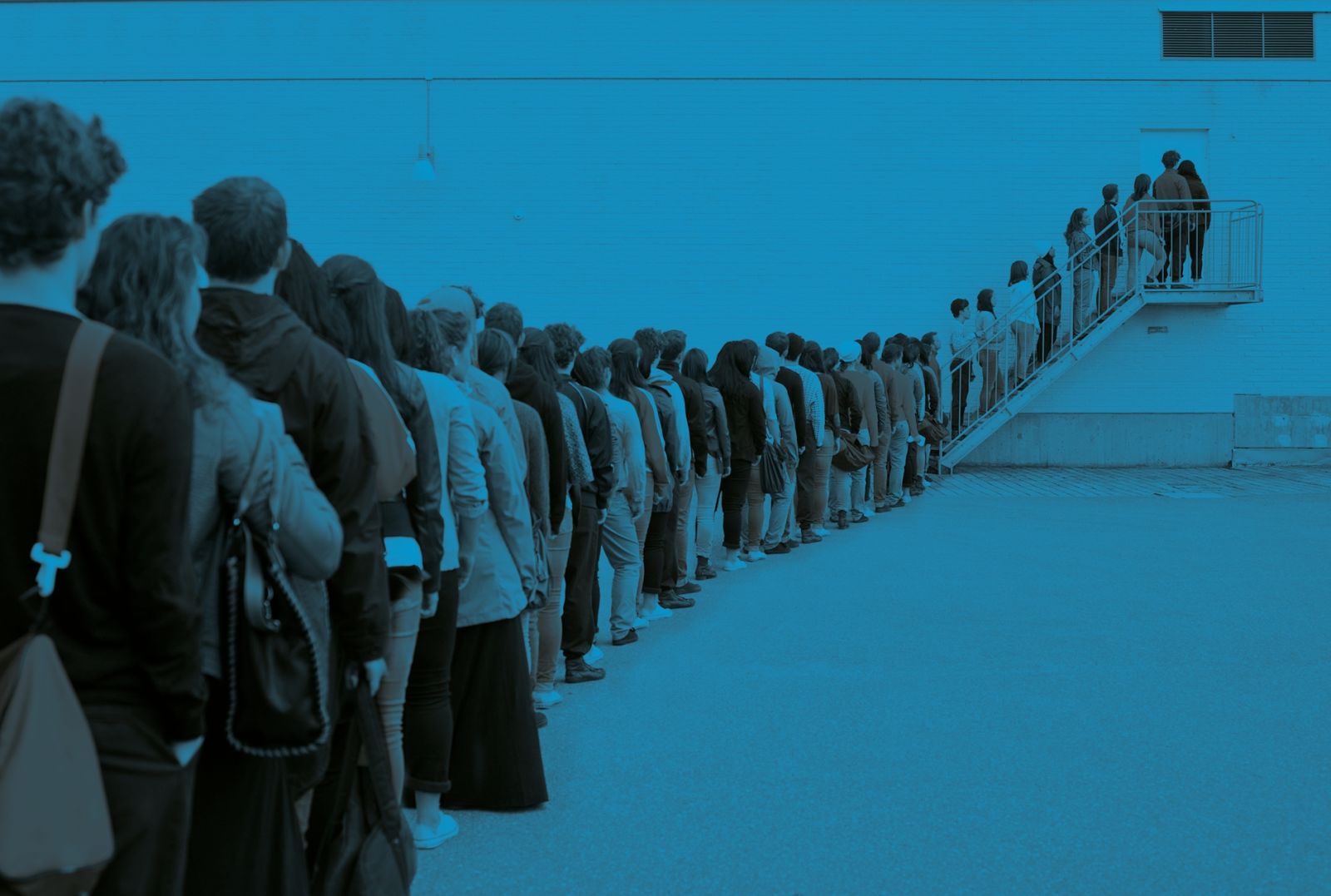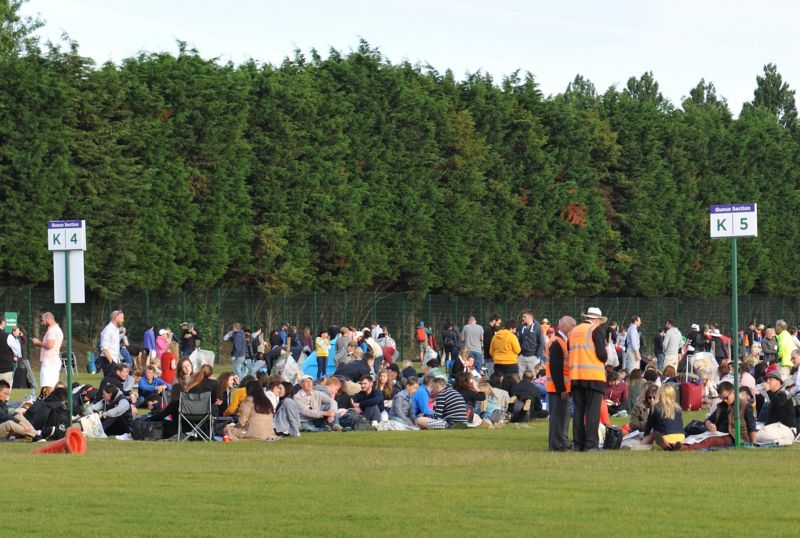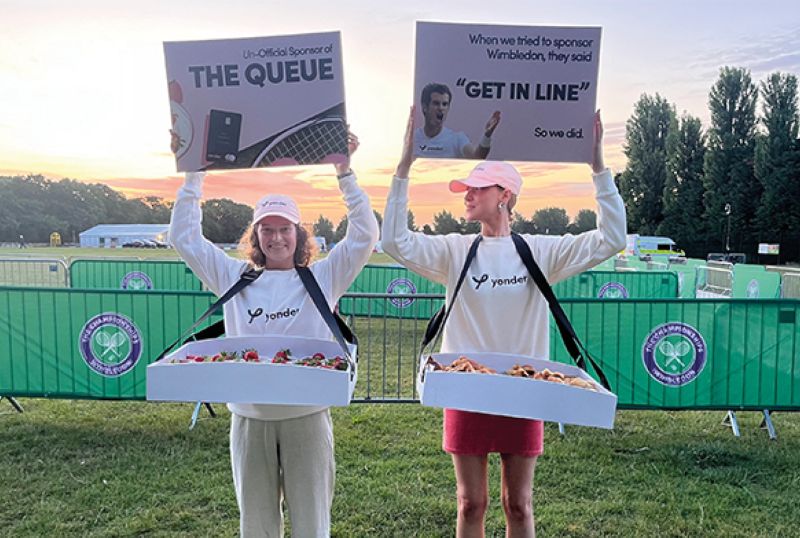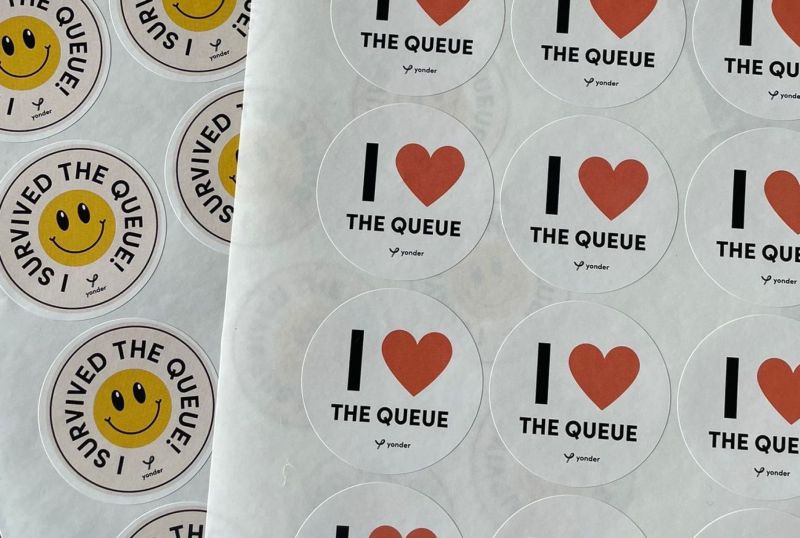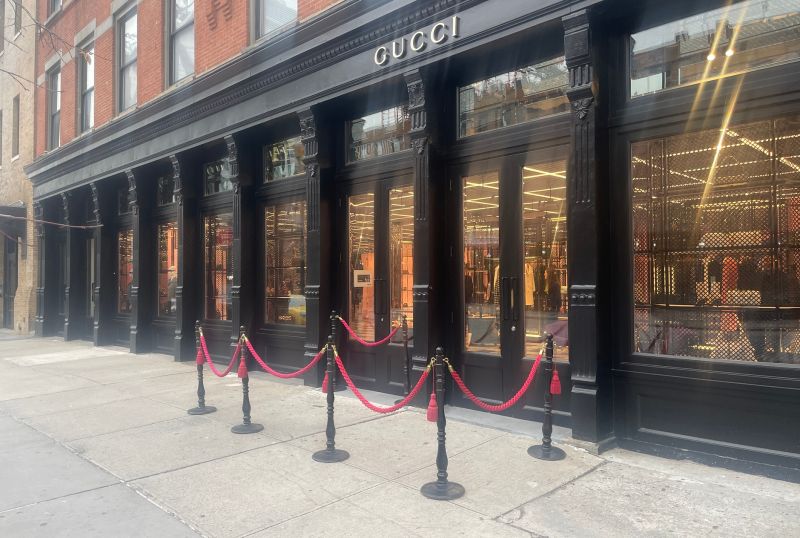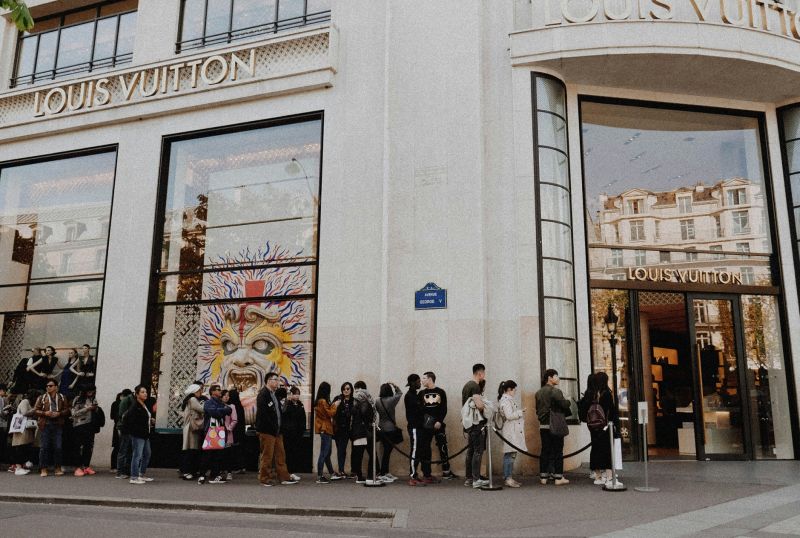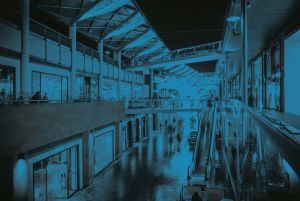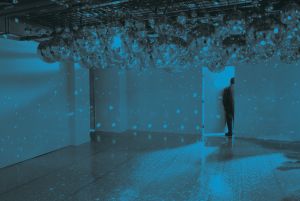Is the Lineup a Marketing Miracle or a Brand Building Blunder?
In today’s modern retail world of convenience and technology, the queue is still going strong, but are businesses getting this right? As the starting point of many retail experiences, it is vital this is not adversely affecting the experience, if anything, it should be elevating it.
An evening out with friends reminded me of just how much I detest waiting in line. It seems like queues have become ubiquitous these days. Maybe it’s my age, but I simply refuse to stand in line just to get a drink at the latest night spot. Or perhaps I was more irritated that my network didn’t grant me the privilege to waltz past the line and straight in. But here’s what really got me thinking: why on earth do we willingly stand in line for events, clubs, or—this one really grinds my gears—just to buy the latest gadget from our favourite brand’s retail store?
This behaviour is deeply embedded in our history, with roots in social order and cultural norms. From religious gatherings to 18th-century theatres, lining up has always been about more than just waiting. It’s been a method to manage scarcity, signal value, and—let’s be honest—build anticipation.
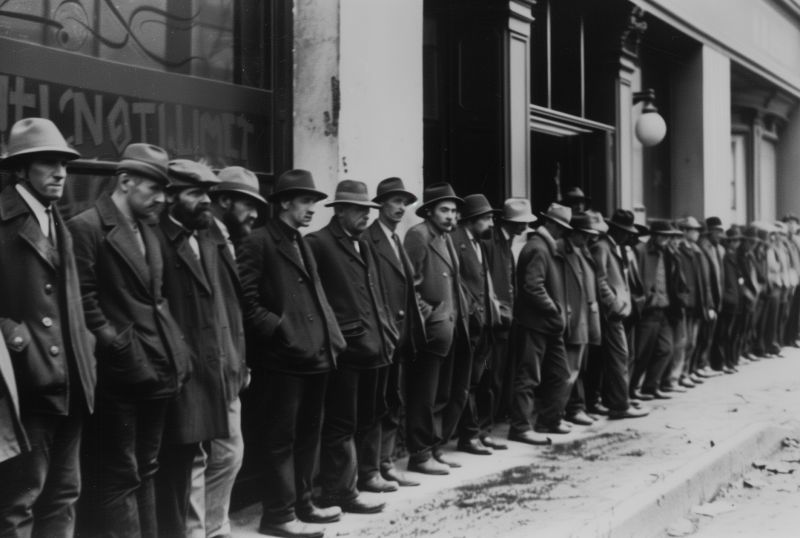
Now, here’s where it gets interesting: what started as a necessary evil has been brilliantly engineered by modern brands as a tool for influence and attraction. Retailers today aren’t merely managing crowds; they’re orchestrating experiences. Is the sight of a line outside a store part of this? It’s not just a queue—it’s a live advertisement and a testament to the brand’s desirability. Take Gucci in NYC, for example—they even left their queue barriers out during the day, anticipating that people would line up just to enter an empty store.
In a world where instant gratification takes precedence, the line has paradoxically become a powerful strategy to create value. The psychology of scarcity and exclusivity plays right into this. When you see people queuing, it taps into a primal fear of missing out, transforming what could be a mundane wait into a badge of honour.
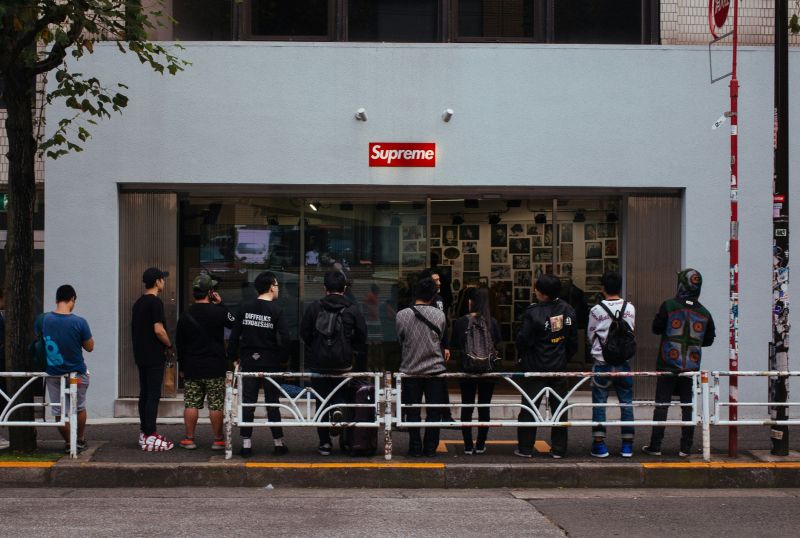
The quintessential part of British life is not just a physical ordeal anymore. Enter the digital queue, a modern-day torture device dressed up as progress. But this isn't just your average wait; as any friend who's tried to score concert tickets will tell you, the digital queue has become one of the most frustrating experiences, and the agony is compounded by the dark art of dynamic pricing, where the larger the queue (or demand), the more you end up paying when—or if—you finally reach the front and find seats available. This isn't just a shift in how we queue; it's a new and aggravating direction that risks alienating customers rather than engaging them. Far from improving the experience, it leaves people wondering if it's worth the effort.
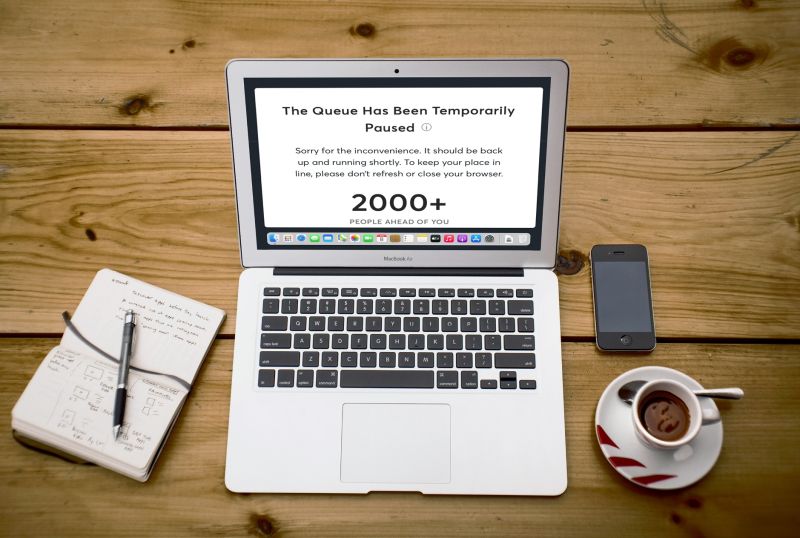
There’s something oddly delightful about the camaraderie that forms in a lineup. It’s a shared experience, a collective focus, and a common goal, forging connections as they inch closer to the front of the queue. The journey toward that final achievement is almost as rewarding as the prize itself. Take, for instance, the queue for Wimbledon tickets—it's not just a wait; it’s a rite of passage. The festive atmosphere, the overnight camping in the cold and damp—are all part of the experience. It’s as if the hardship itself adds value, turning what should be a tedious ordeal into a cherished memory. In a world obsessed with efficiency, perhaps we’ve underestimated the joy of the collective wait. Is the lineup itself an infectious social ritual that can turn an ordinary wait into something extraordinary?
So, what’s the lesson here for brands? The queue isn’t just about managing footfall—it’s about shaping perception. It’s about turning the ordinary into the extraordinary, creating a narrative that extends far beyond the store’s entrance. Because, let’s face it, in retail, as in life, the things we wait for are often the things we end up valuing the most.
So, here’s the million-dollar question: are lineups merely a cheap trick, a flashy yet superficial manoeuvre that fails to foster genuine, enduring affection for a brand? Do they simply create frustration and alienation, pushing consumers to grumble about their experience rather than sing the brand's praises?
While queues might generate immediate buzz, they often leave customers feeling less like valued patrons and more like mere cogs in a consumer-driven world. If your aim is to build a loyal tribe rather than just a fleeting spectacle, it might be worth reconsidering your approach. After all, creating authentic connections and delivering memorable experiences is far more effective than merely making people wait.
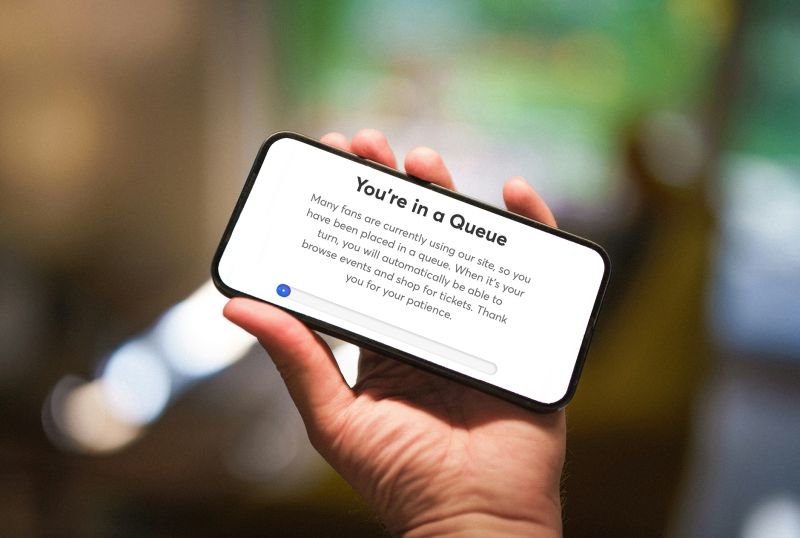
In the age of digital convenience, queuing outside a store is becoming obsolete. A simple text notifying customers when it’s their turn can reclaim their valuable time and build loyalty to brands that adopt this approach. Brands that cling to the traditional queue, treating it as a mere tactic for demand creation, are missing a golden opportunity. By failing to reinvent this ritual, they forfeit the chance to transform it into a memorable part of the customer experience. It’s not just about managing the wait; it’s about turning it into something delightful.
In the age of digital convenience, queuing outside a store is becoming obsolete. A simple text notifying customers when it’s their turn can reclaim their valuable time and build loyalty to brands that adopt this approach. Brands that cling to the traditional queue, treating it as a mere tactic for demand creation, are missing a golden opportunity. By failing to reinvent this ritual, they forfeit the chance to transform it into a memorable part of the customer experience. It’s not just about managing the wait; it’s about turning it into something delightful.
The designers at Eight Inc., when tasked with creating Fresh, a nightclub in Beijing, decided to take the age-old tradition of the club queue and turn it into something far more engaging—a bar that patrons could access while they waited. It’s a brilliant stroke of design thinking, where a simple tweak not only enhances the customer experience but also drives commercial value. It’s the kind of idea that marries practicality with a touch of genius, making waiting in line feel like less of a chore and more of a pleasure.
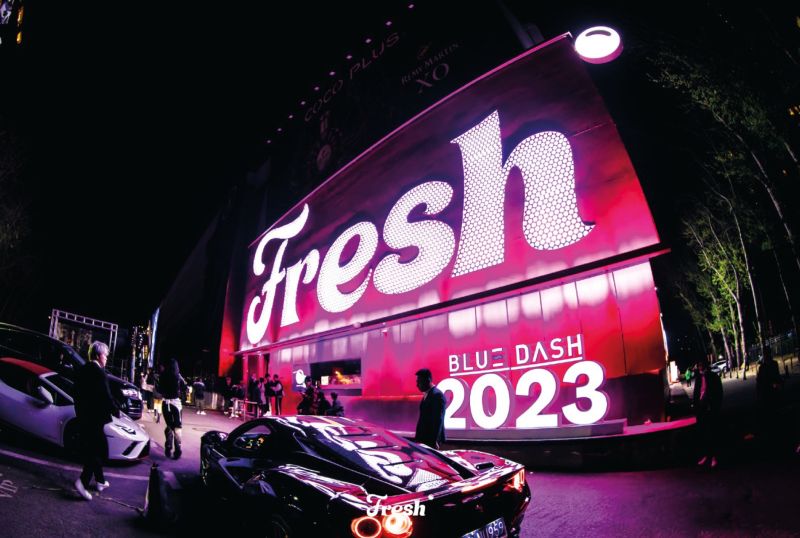
So, rather than solely relying on a lineup to manufacture desirability, brands need to make sure a lineup fits with the desired retail experience for their brand. Should brands reward consumers for waiting in lineups or find a more thoughtful and engaging way to welcome customers into their stores? Because true loyalty isn’t about enduring inconvenience—it’s about celebrating the experience.
